Are you intrigued by the idea of learning how to grow a watermelon that bursts with sweetness right in your own garden? Let’s turn that Stardew Valley fantasy into reality! Whether your green thumb is just budding or you’re a seasoned gardener, growing your own watermelon is quite a journey that includes a bit of challenge and a whole lot of juicy rewards.
Image source: J D
Imagine tending to your watermelon vines on sunny afternoons, watching them grow from tiny seeds to ripe, plump fruits. This guide is your friendly companion on this gardening adventure, offering step-by-step insights to help you cultivate these summer treasures, be it in a sprawling backyard or even on a sun-kissed balcony.
So, grab your gardening gloves, and let’s dig into the sweet world of growing watermelons!
TL;DR | A Quick Summary on How To Grow Watermelon
For those on the go, here’s a brief rundown on growing watermelons:
• Choosing Varieties: Opt for varieties like Sugar Baby, Moon and Stars, or Crimson Sweet, based on your space and taste preferences. Consider size, flavor, and growth habits.
• Planting: Plant seeds in late spring or early summer when the soil warms up to about 70°F (21°C). Use mounds or hills for better drainage and warmth.
• Care: Watermelons love the sun, so ensure they get 8–10 hours of direct sunlight. Maintain consistent soil moisture and use mulch to help with water retention and weed control. Fertilize initially with a balanced blend, then switch to a lower nitrogen formula as they flower and set fruit.
• Harvesting: Check for ripeness by observing the color change on the ground spot, drying tendrils, and the surface sheen. Remember, they don’t ripen off the vine.
• Pest and Disease Management: Use row covers for young plants to protect against pests and plant nectar-rich flowers like lavender to attract pollinators. Rotate crops annually to prevent disease build-up.
This is just a snapshot of how to grow watermelon at home. For a more in-depth guide covering everything from soil preparation to harvesting, keep reading. It’s packed with tips and insights to make your watermelon patch a success!
Popular Varieties for Home Gardens
Choosing the right variety of watermelon can make all the difference, especially if you’re working with limited space, like a backyard or balcony. Watermelons come in various sizes, shapes, and flavors, and some are better suited for smaller gardens than others.
Let’s explore some of the most popular varieties that are ideal for home gardens, ensuring you get the best match for your space and taste preferences.
Sugar Baby
Image source: norcal_gardengal
Sugar Baby watermelons are a classic choice for home gardeners. This juicy variety is known for its small size, making it perfect for growing in limited spaces. Sugar Babies typically weigh between 6 and 10 lbs (2.5 to 4.5 kg) and have sweet, red flesh. They’re also relatively easy to grow, which is a bonus for beginners.
Moon and Stars
Image source: fishing_cooking_gardening
The Moon and Stars variety is not only tasty but also visually striking. It’s named for its unique pattern, which resembles a night sky of dark green and yellow spots similar to stars. The flesh is usually red and sweet, and the fruits can get quite large, perfect if you have more space. This heirloom variety is a conversation starter and adds an ornamental touch to your garden!
Bush Sugar Baby
Image source: humeslittlehomestead
The Bush Sugar Baby is a more compact version of the traditional Sugar Baby, ideal for tiny spaces or container gardening. It produces a similarly sweet fruit but on a bush-type plant, requiring less space to sprawl.
Yellow Petite
Image source: missgears
Yellow Petite watermelons are known for their yellow flesh and smaller size, typically weighing around 4–8 lbs (2 to 3.5 kg). They are perfect for gardeners looking to try something a little different. The taste is sweet, with a slightly different flavor profile compared to the classic red-fleshed varieties.
Crimson Sweet
Image source: sisters.inthe.garden
Crimson Sweet is an excellent choice for those who have a bit more room—the fruits can weigh about 25 lbs (11 kg). This variety is known for its large, striped fruits with deep red, sweet flesh. It’s particularly valued for its disease resistance, making it a reliable choice for both beginners and experienced gardeners.
Where, When, and How to Plant Watermelon Seeds
Starting your watermelon growing adventure begins with getting the basics right. Choose the sunniest part of your garden, as watermelons are sun lovers. The best time to plant watermelon seeds is in late spring or early summer when the soil has warmed up. This warm soil is just what the seeds need to germinate and start their growth.
How to Grow Watermelon From Seed
Image source: Doodlefart77
Growing watermelons from seeds is not just about planting them into the soil and waiting for the magic to happen—it’s about creating the right conditions for them to thrive. Here’s a quick and easy approach you can follow:
1. Plant your seeds when the soil temperature is at least 70°F (21°C). This warmth is crucial for good germination.
2. Consider planting seeds on small mounds or hills. This method helps warm the soil faster, promotes better drainage, and encourages quicker germination and growth.
3. Pay attention to the spacing recommendations on your seed packet, especially for larger varieties. A general rule of thumb is to space plants 36–48 in apart (90–120 cm) in rows 6 to 8 ft apart (1.8 to 2.5 m).
4. Sow 4 to 5 seeds per hill at a depth of 1 in (2.5 cm). After seedlings emerge, thin them to the two strongest per hill.
5. Keep the soil evenly moist during germination. Once seedlings are established, use mulch-like dry grass clippings or straws to control weeds and retain soil moisture.
How to Grow Watermelon From Transplant
Image source: frogkiller4
You could also rely on transplants, which can offer a head start and are particularly useful for growing seedless watermelon varieties. Here’s how to succeed with transplants:
1. Opt for healthy plants, preferably those grown in peat pots, to minimize root disturbance. Handle the roots gently during planting.
2. Use the same spacing as for seeds. Plant two strong transplants per hill, following the recommended spacing for your variety.
3. Water thoroughly after planting. Regular deep watering, ideally via a drip system, is key to healthy growth, targeting a depth of about 6 in (15 cm).
4. For container growing, choose compact or bush-type varieties. Ensure your container can hold at least 8–10 gal (30–38 L) of soil and has good drainage. Regular watering and feeding are essential for container-grown watermelons.
How Long Does It Take for Watermelon to Grow
Image source: Nikolett Emmert
The anticipation of your first watermelon harvest can be thrilling! Typically, watermelons take about 80-100 days from planting to maturity, but much depends on the variety you choose.
Wondering how long does it take for watermelon to grow after flowering? The 80–100-day timeframe we mentioned includes the flowering stage—after the flowers appear, it usually takes 35 to 45 days for the fruits to fully develop.
Watching your watermelons grow and ripen over the summer is a gratifying experience, with the sweet payoff of fresh, homegrown melons at the end!
Watermelon Care
Soil, Water, and Light Needs
Watermelons are hearty growers with specific needs to reach their juicy best. They thrive in rich, well-drained sandy soil. Before planting, it’s beneficial to enrich your garden bed with compost or aged manure.
Image source: retentive_roots
When it comes to watering, watermelons prefer it infrequent but deep to reach the roots—about 1–2 in per week (2.5–5 cm), which helps keep the soil consistently moist but not soggy. Mulching around your plants will aid in moisture retention and weed control. A drip irrigation system also works wonders.
As for sunlight, these plants are real sun-seekers. They need a generous amount of sun—think 8 to 10 hours a day—to develop those sweet, flavorful fruits.
Temperature and Humidity
Image source: Nikki Son
Watermelons thrive in warm seasons. They need long, hot summers with temperatures around 80°F (27°C) or higher for optimal growth. If you live in a cooler climate, consider using black plastic mulch to warm the soil. Watermelons aren’t frost-tolerant, so plant them after the last frost date in your area.
Pruning
Pruning watermelon plants isn’t typically necessary. Focus on removing any damaged or rotten fruit to allow the plant to direct more energy into producing healthy melons.
Potting
Image source: wildwomanbakery
Container gardening is a superb choice for growing watermelons when space is at a premium. A large container—minimum 8 gal (about 30 L)—with good drainage and lightweight potting soil is ideal. Small watermelon varieties are best for this setup.
Do watermelons need a trellis? Trellises aren’t a must, but they’re helpful for supporting the growing vines and fruit. As your plant grows, guide the vines gently onto the trellis, and use hammocks for the developing fruits to ease the weight on the vines.
Fertilizing for Optimal Growth
Image source: wildflour.cottage
Watermelons, like most plants, thrive on three primary nutrients: nitrogen (N), phosphorus (P), and potassium (K). When you’re looking for fertilizers, you’ll often see these represented as three numbers, like 10-10-10 or 20-20-20.
Our recommendation is to test your soil before planting. If it’s low in nutrients, add a balanced fertilizer (like 10-10-10) before planting. Mix it into the top few inches of soil.
• Early growth: When watermelon plants are small, they need more nitrogen to grow strong leaves and stems. Use a nitrogen-rich fertilizer, but be cautious not to overdo it, as too much nitrogen can lead to lots of leaves and vines but fewer fruits.
• Flowering and fruit set: Once your plants start to flower and set fruit, it’s time to switch gears. Now, they need more phosphorus and potassium for fruit development. A fertilizer lower in nitrogen and higher in phosphorus and potassium is ideal.
Signs Your Watermelon is Ready for Harvest
Image source: Dagmara Dombrovska
Knowing when to pick your watermelons ensures you enjoy them at their peak ripeness. Here are some signs to look for:
• Check the spot where the melon rests on the ground. If it turns from pale green or white to a yellow color, it’s a good sign of ripeness.
• Look at the tendrils near the stem. When they start to dry out and turn brown, it’s an indication that the melon is ripe.
• Ripe watermelons often have a duller surface color, losing the glossy sheen of their growing phase.
Remember, unlike tomatoes that continue to ripen once they’ve been picked, watermelons don’t ripen off the vine. Once picked, they won’t continue to ripen or become sweeter. The ripening process for watermelons only happens while they are still attached to the vine. Once harvested, a watermelon’s taste, texture, and sugar content will remain essentially the same as they were at the moment of picking, so determining whether they’re ready to harvest is crucial.
RELATED: Growing Tomatoes 101: A Beginner’s Guide
Common Pests and Problems
Growing your own fruits at home has its fair share of challenges, but with a few smart strategies, you can keep your melons happy and healthy.
Watermelon plants can attract a variety of uninvited guests, including aphids, mites, thrips, beetles, and cutworms. The young plants are especially vulnerable and need extra care with row covers to keep the pests at bay. Just don’t forget to remove them when the flowering begins, as you’ll want bees and other pollinators to do their magic.
And speaking of pollination, this is crucial for watermelons. Sometimes, the fruits might end up a little oddly shaped, which can be a sign of insufficient pollination. To create a pollinator-friendly zone, consider planting nectar-rich flowers nearby—bees love lavender, borage, and sunflowers! It’s a simple way to invite these little friends over and ensure a good set of well-shaped fruits.
Diseases can be sneaky, so it’s wise to start with a strong foundation. Choose seeds and transplants from reputable sources, opting for disease-resistant varieties (like Crimson Sweet and Sugar Baby) whenever possible. Keep an eye out for any troubling signs like soggy spots or dead areas on leaves.
Crop rotation is another key strategy. By changing the location of your melon crops each year, you’re essentially outsmarting the disease-causing organisms that might linger in the soil.
Image source: BoiFriday
Finally, a consistent moisture level in the soil will help avoid issues like blossom end rot (basically, it’s when the bottom of your watermelons turn black). It’s all about balance—keeping the soil moist but not drenched. When you get this right, you’re well on your way to enjoying those sweet, juicy watermelons.
Growing watermelons is an adventure with ups and downs, but the rewards are as sweet as the fruit itself. With these tips and a bit of attention, your watermelon patch will be the envy of the neighborhood!
FAQs
Do Watermelons Come Back Every Year?
Watermelons are annual plants, meaning they complete their life cycle in one growing season. After harvesting, the plant won’t come back the next year. For fresh watermelons each year, you’ll need to plant new seeds or transplants annually.
What Makes Watermelon Grow Sweeter and Bigger?
Several factors contribute to growing sweeter and bigger watermelons, like full sun, regular and deep watering, rich soil, and space. Some varieties are naturally sweeter and larger.
Here’s a neat trick—reduce watering a bit when the fruits are nearly ready to harvest. This helps concentrate the sugars in the fruit, making your watermelons even sweeter. But be careful not to under-water drastically as it can stress the plant.
Do Watermelons Need Sun or Shade to Grow?
Watermelons require full sun to grow properly. They thrive in warm conditions and need around 8–10 hours of direct sunlight each day. While they can tolerate some light shade, too much can lead to poor fruit development and reduced sweetness.
139views
Share on Facebook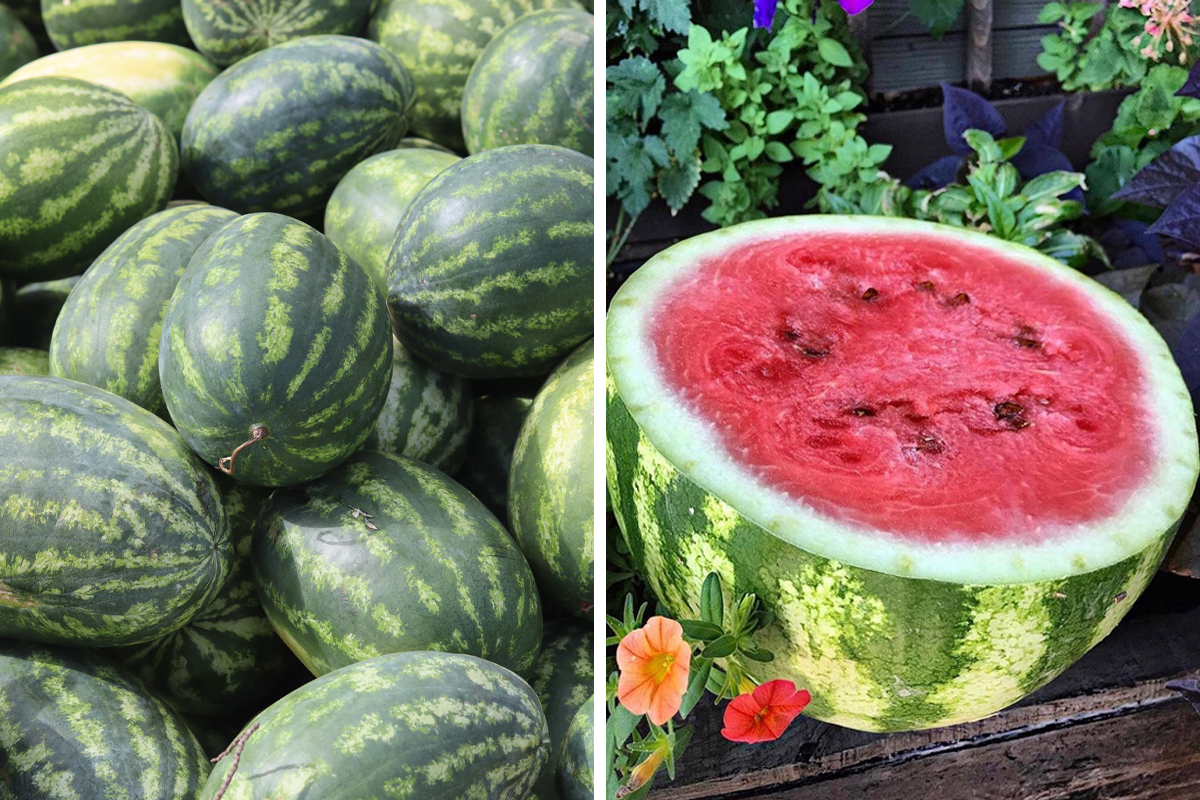
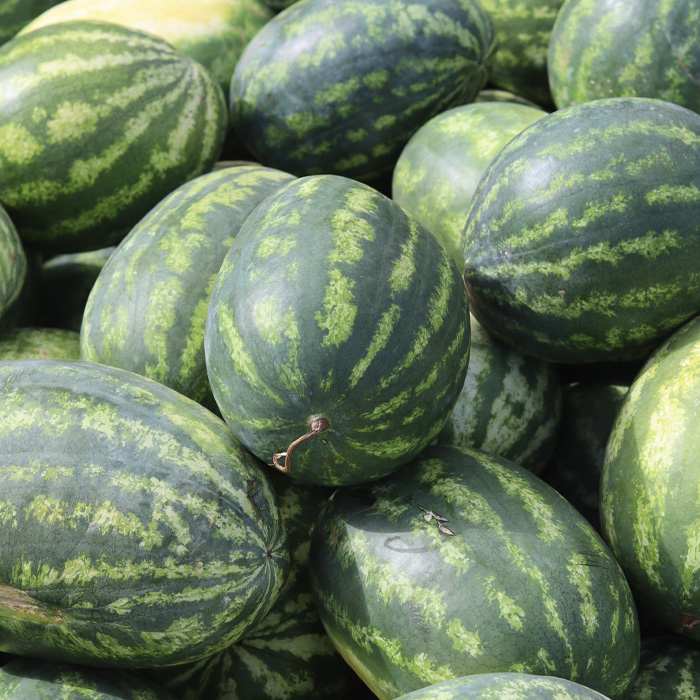
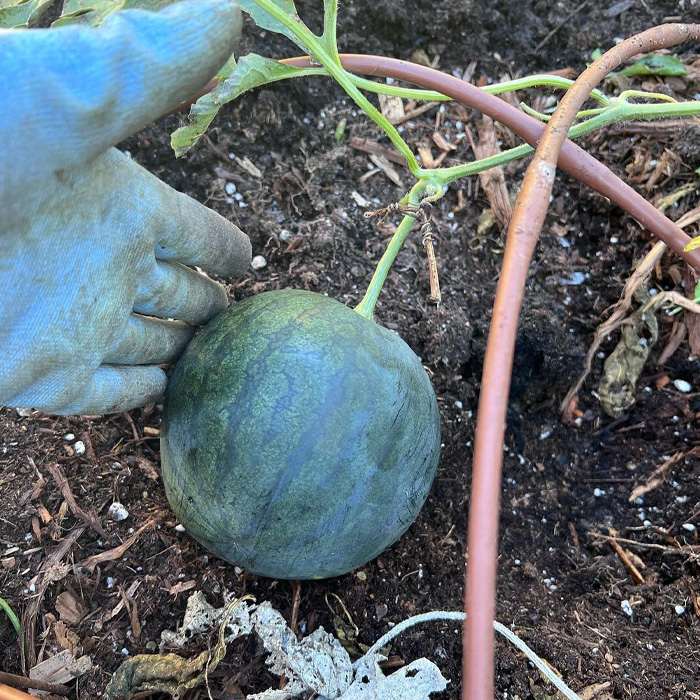
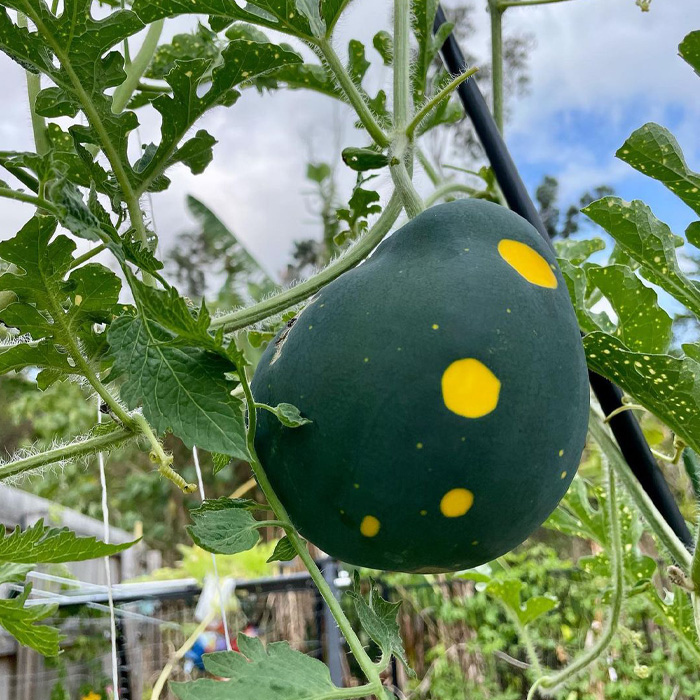
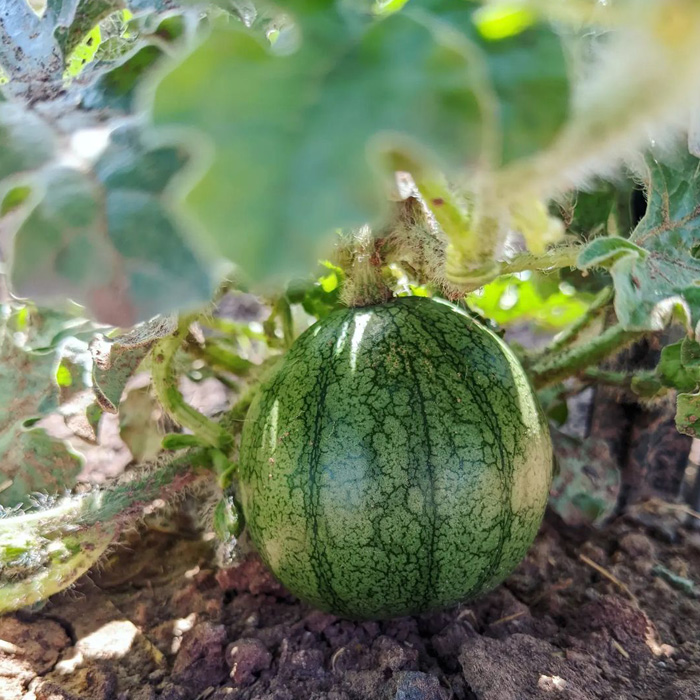
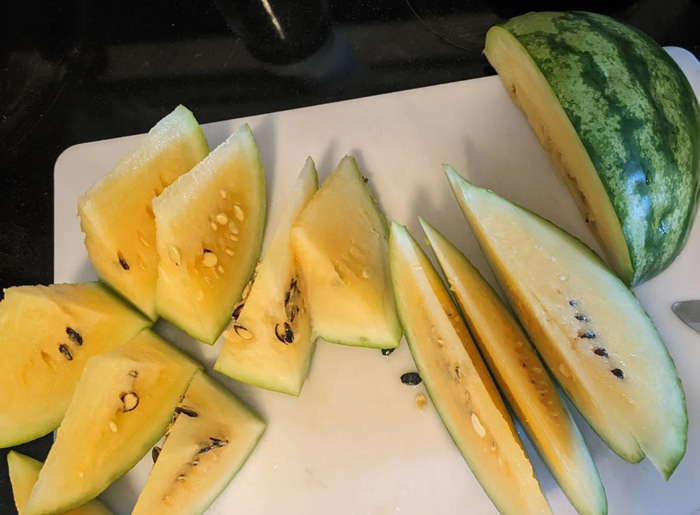
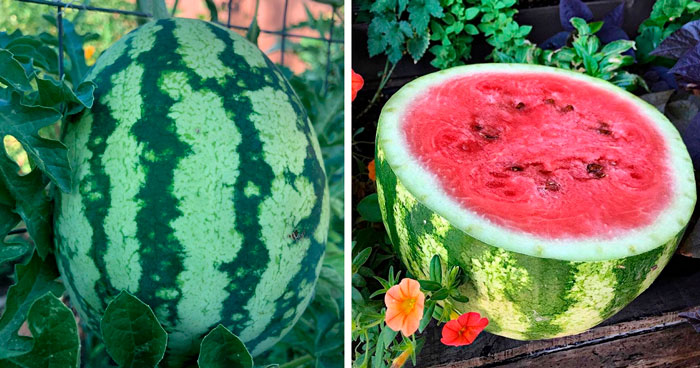
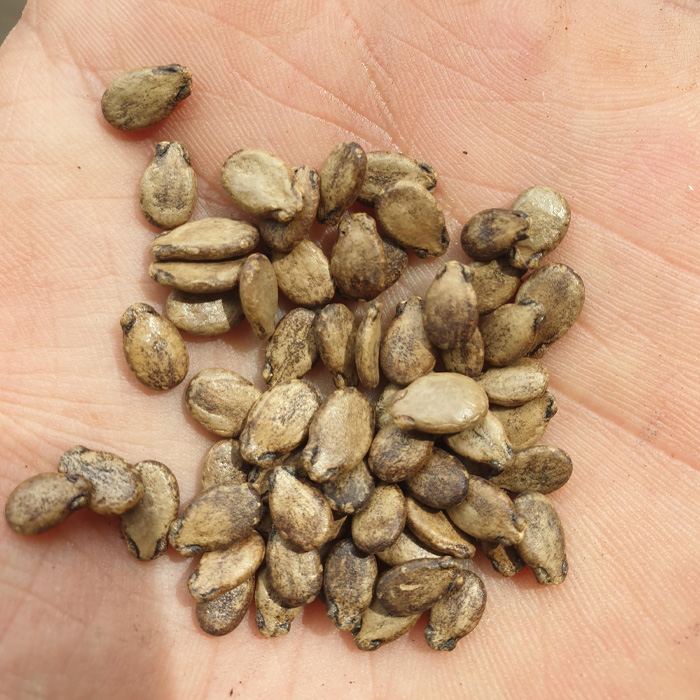
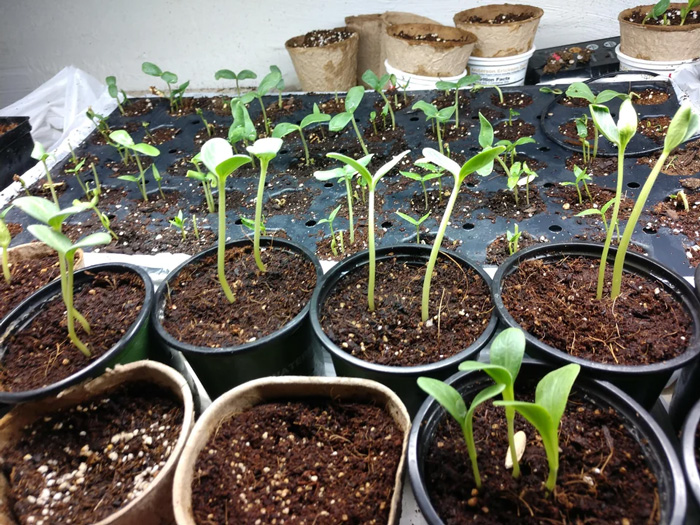
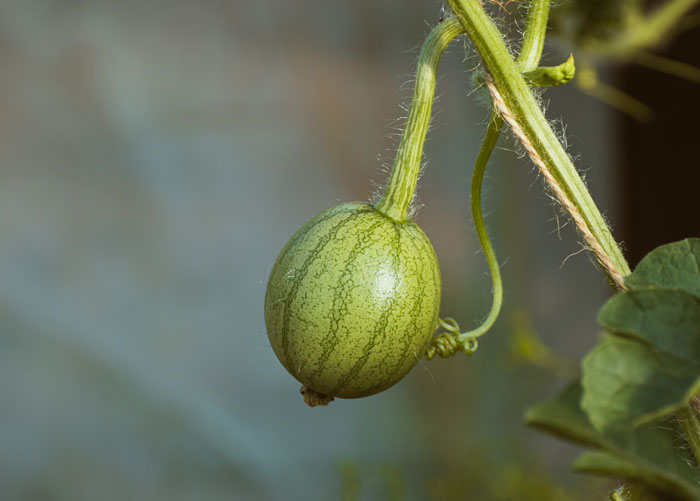
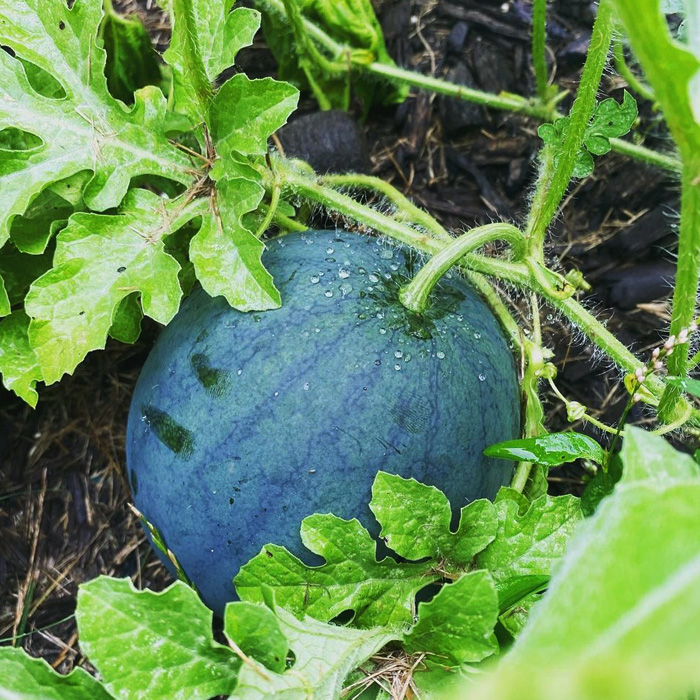
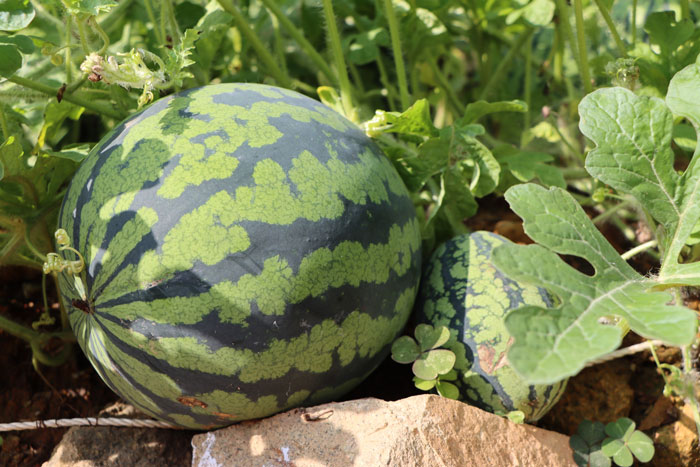
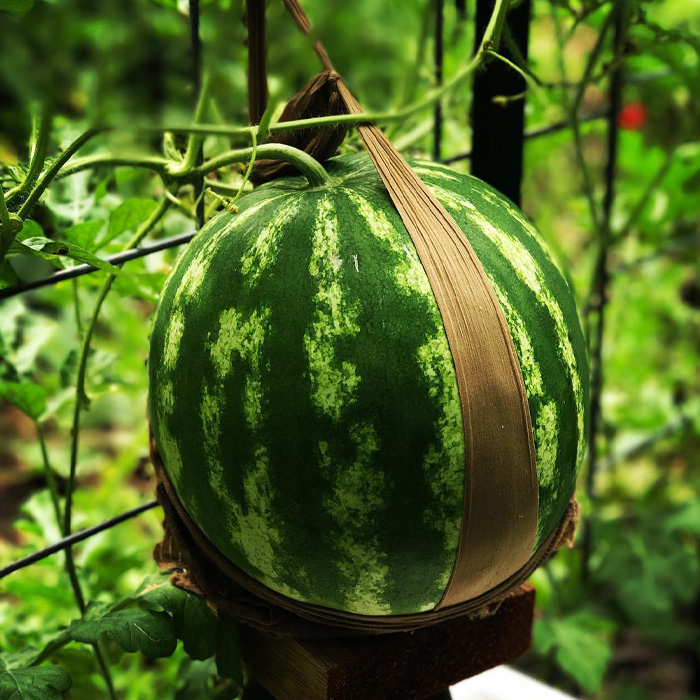
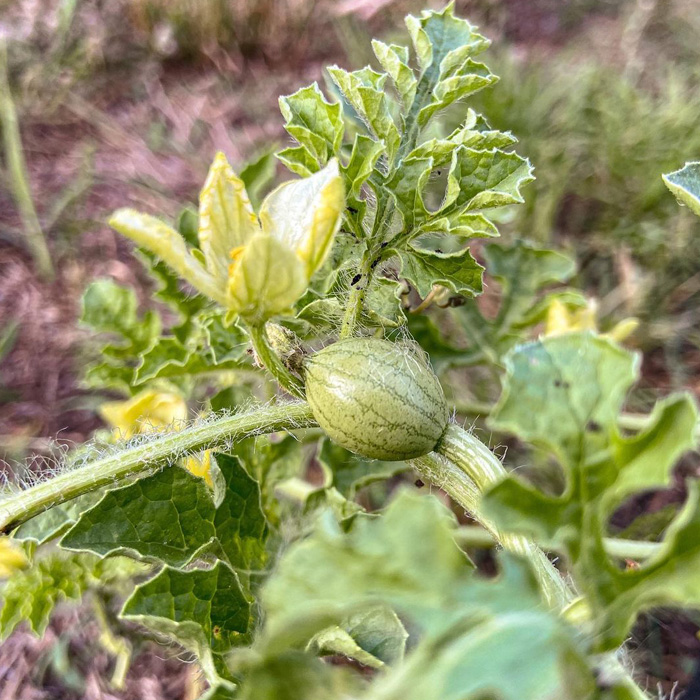
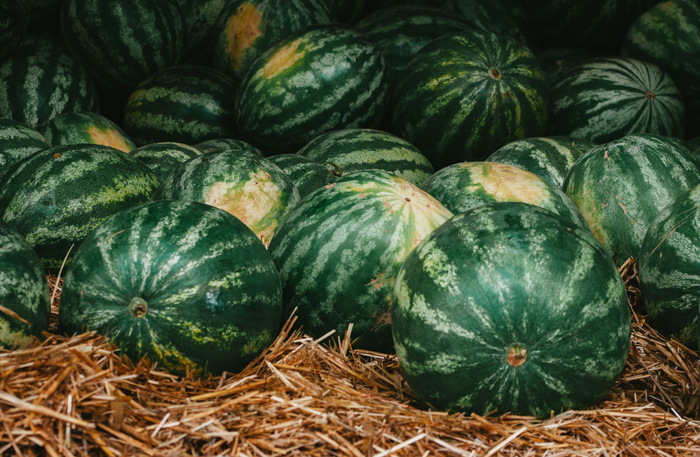
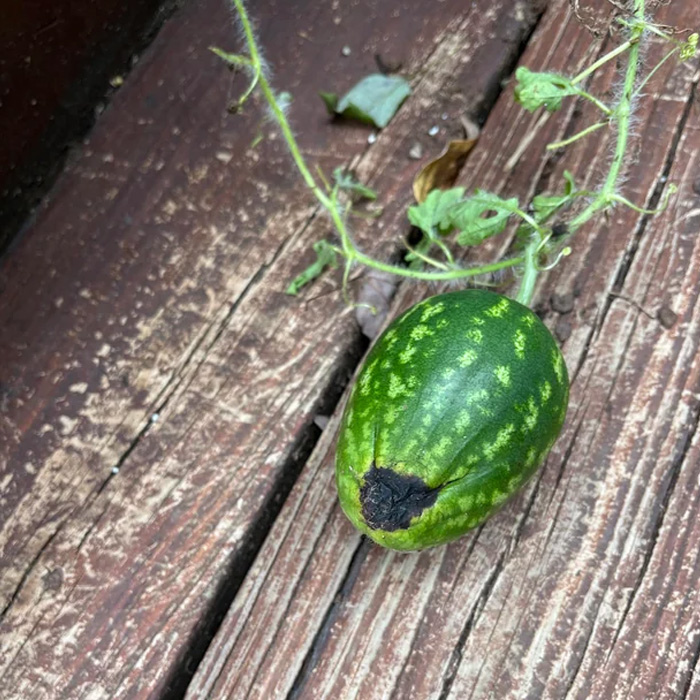




10
0